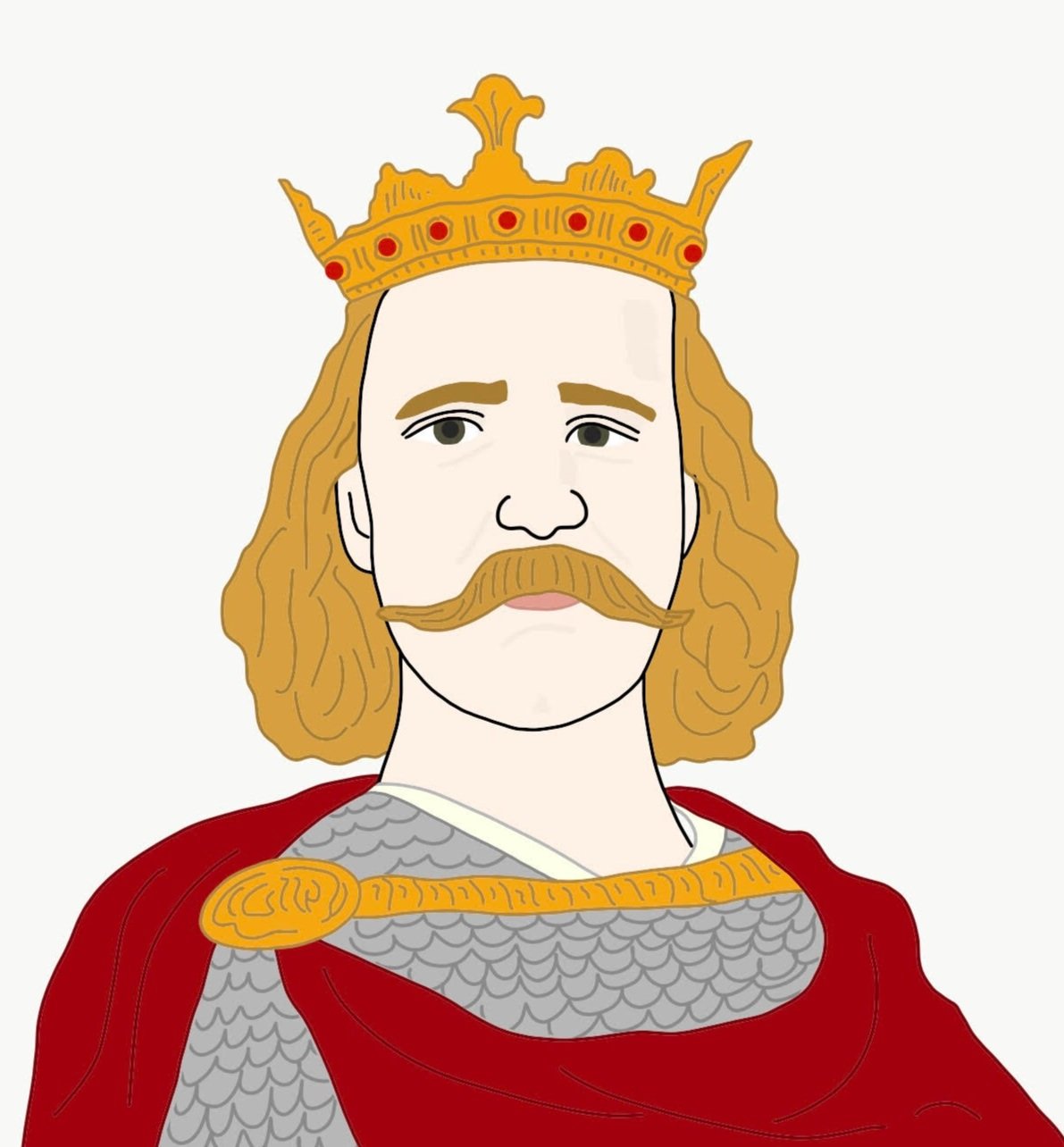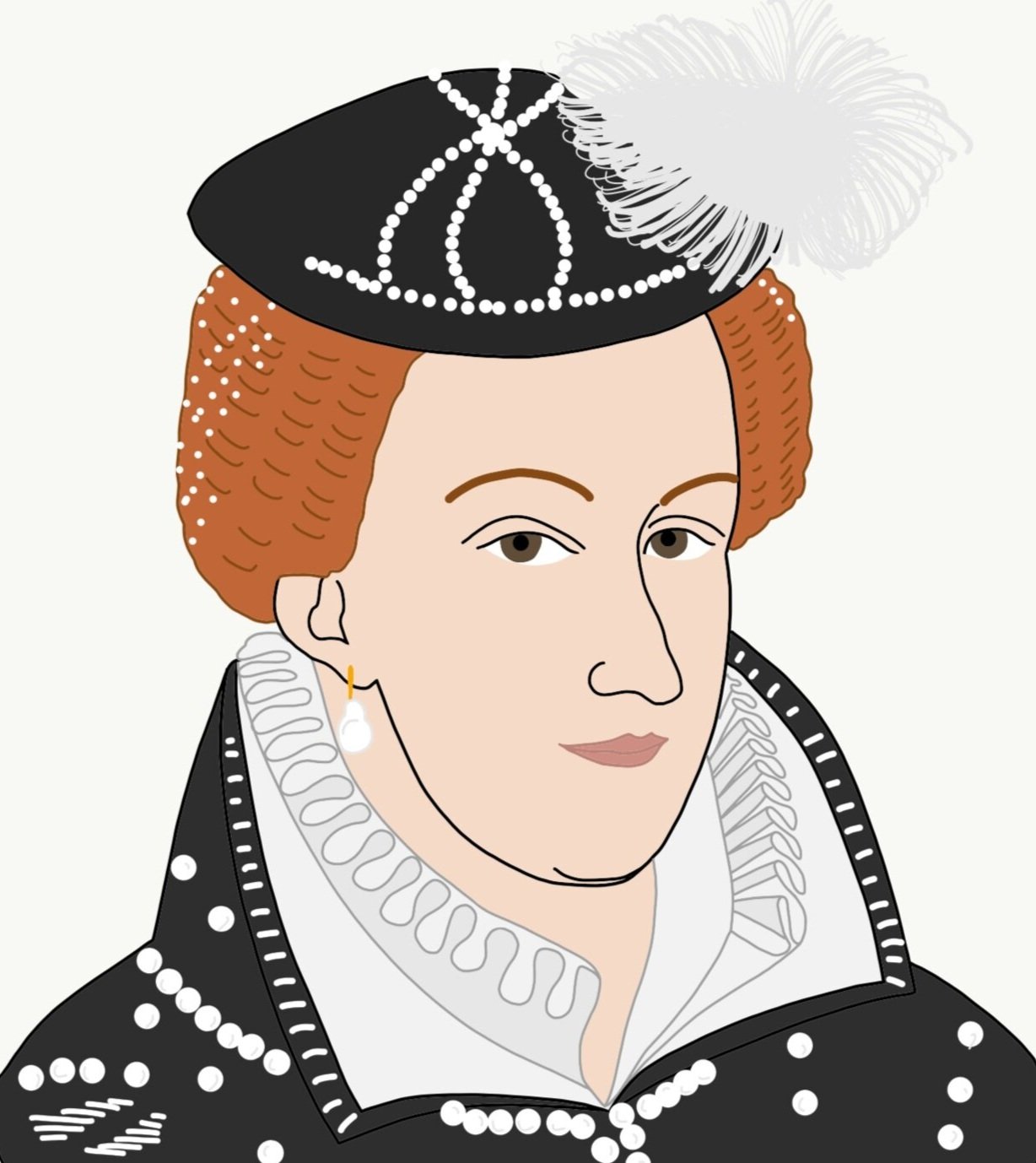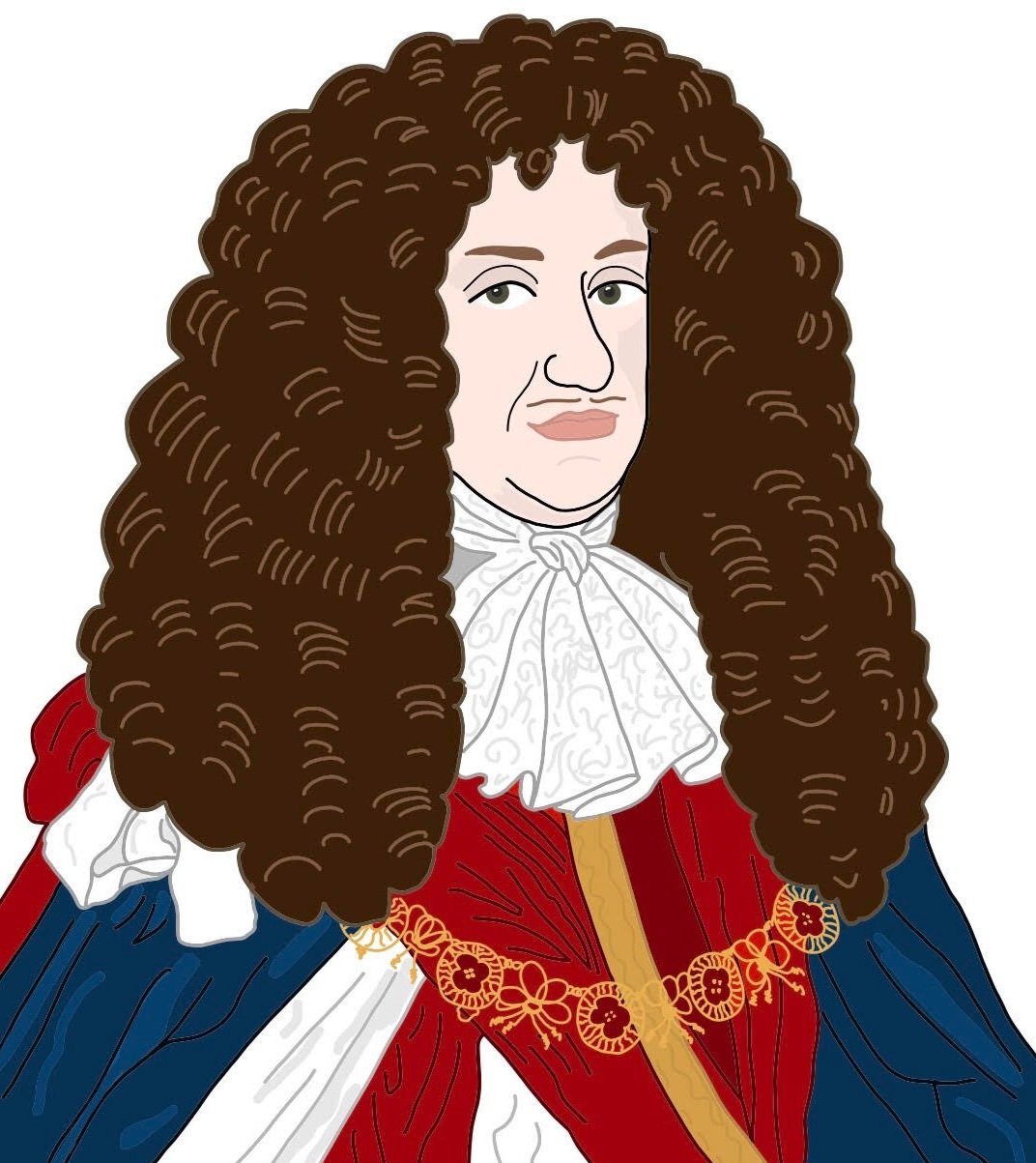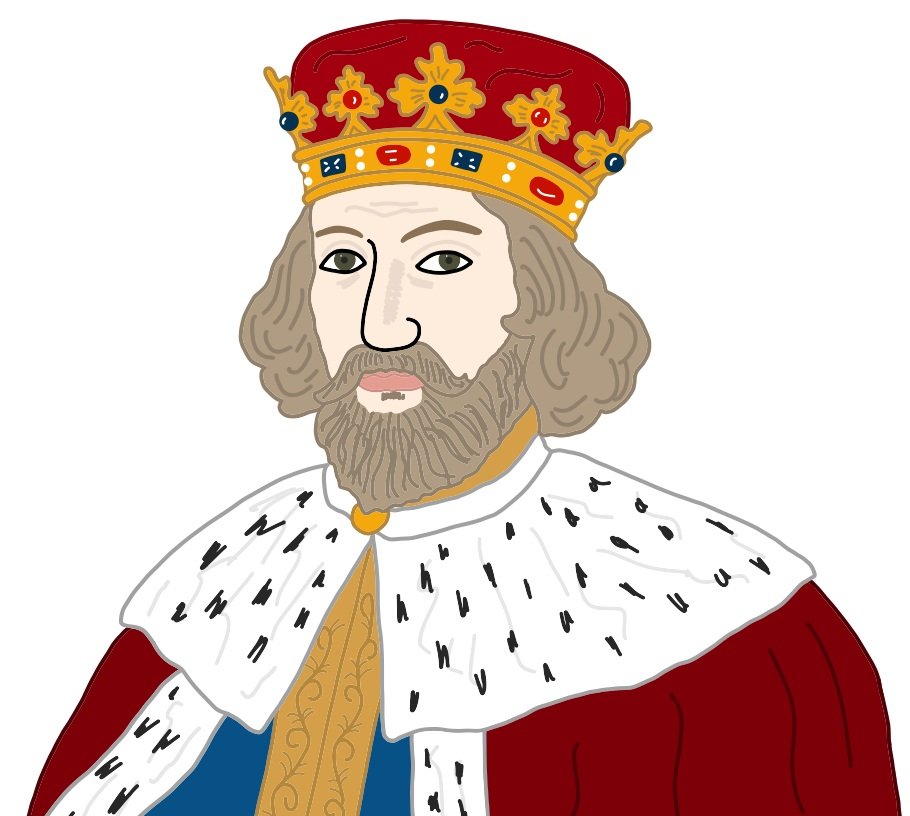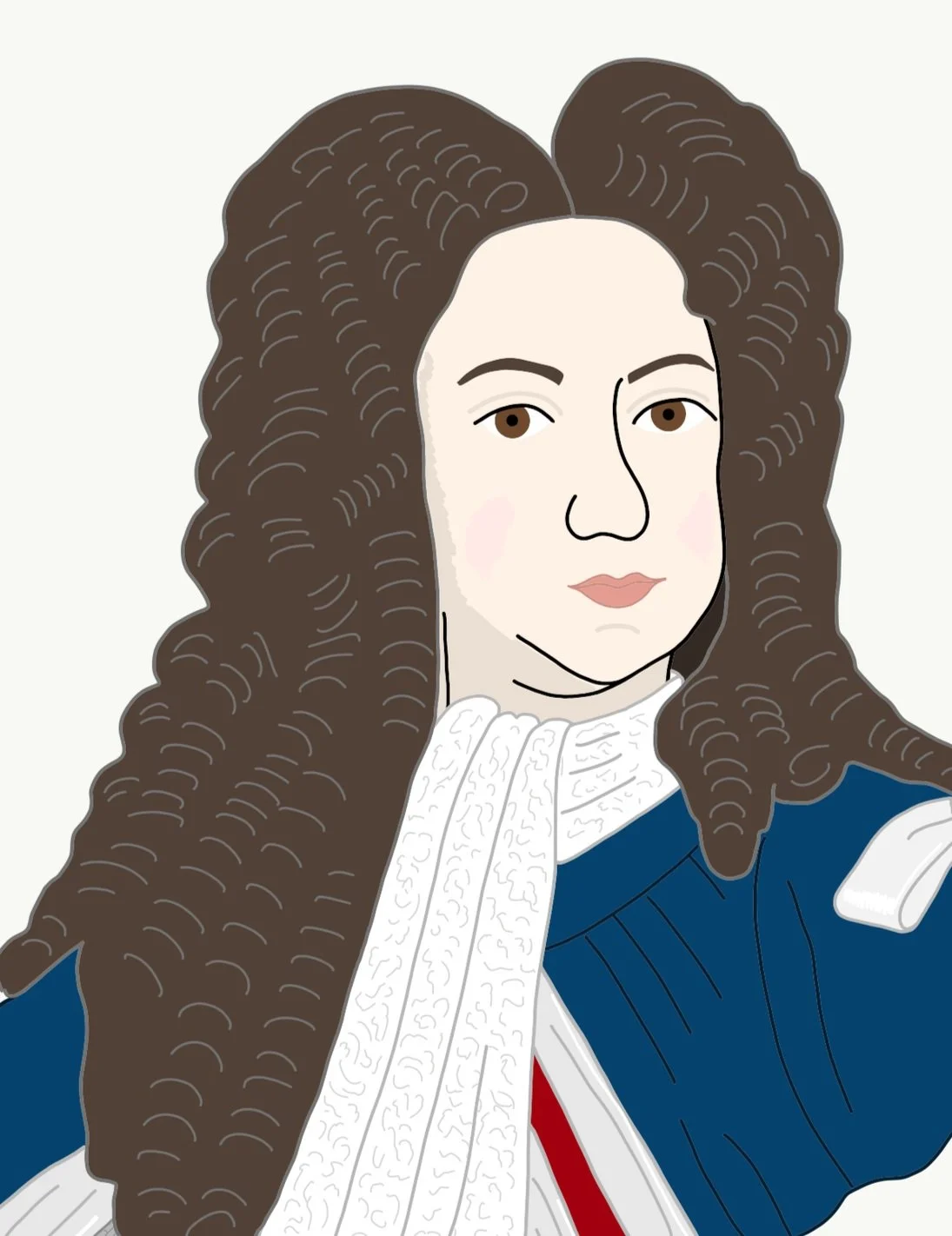October 14th - 20th
On 14th October…
King Harold killed at the Battle of Hastings
1066 - The Battle of Hastings took place on the south coast of England between William Duke of Normandy and King Harold II of England.
King Harold, also known as Harold Godwinson, was once again defending his throne because less than three weeks before, on 25th September, he had marched his army 185 miles north to fight off King Harald Hardrada of Norway. Now he faced another attack, this time at the other end of the country.
William of Normandy believed he was the rightful king of England because King Edward the Confessor (the king before Harold) had promised William the English crown and Harold Godwinson had sworn an oath to support William in this. William was obviously a little annoyed that Harold had taken the throne and was now King Harold II of England, when he had promised to help William become King of England.
The battle was closely fought and lasted most of the day but eventually William and his army won when King Harold was killed. Legend has it that he was kiiled by an arrow to his eye as depsicted in the Bayeaus Tapestry.
William was crowned King of England on Christmas Day and become known as William the Conqueror. The Battle of Hastings has been famously depicted in the Bayeux Tapestry which is nearly 70 metres long.
Edward II defeated and forced to accept Scottish Independence
1322 - During the Scottish Wars of Independence Robert the Bruce defeated King Edward II at the Battle of Byland forcing King Edward II to accept Scottish Independence.
Mary Queen of Scots is put on trial
1586 - The trial of Mary Queen of Scots began at Fotheringhay Castle in Northamptonshire.
Mary was being tried on the charges of conspiracy to assassinate her cousin, Queen Elizabeth I of England. The trial lasted two days and she was found guilty but sentencing was delayed for as long as possible on the orders of Queen Elizabeth I.
King James VII & II born in London
1633 - King James VII and II was born in St James’s Palace in London. He was the second son of King Charles I and became King of England when his older brother King Charles II died.
On 15th October…
1987 - Hurricane strength winds of up to 115mph swept across the south of Britain overnight and into the 16th October causing devastation and killing 18 people. The hurricane had not been predicted and only severe weather warnings of heavy rain and wind were given for the south coast of England. Infamously a weatherman on BBC Television even quashed rumours of a hurricane on the way by saying, “Don’t worry, there isn’t one.”
People woke up the next morning to find trees ripped up from their roots and strewn across roads. Many roofs had been completely ripped off and even a rowing boat had been blown 400 metres inland from the sea. It was estimated that 15 million trees were lost overnight.
On 16th October…
1430 - King James II of Scotland was born. He was the only son of King James I and became king at the age of 6 years when his father was assassinated.
1555 - In Oxford, Nicholas Ridley, Bishop of London and Hugh Latimer, Bishop of Worcester, were burned at the stake for their Protestant beliefs. England at the time was ruled by Queen Mary I who was intent on making England a Catholic country once more after her father, King Henry VIII, had broken free from the pope and the Roman Cathiolic Empire, and made England a Protestant country. The two men have become known as the Oxford Martyrs.
Parliament burnt to the ground
1834 - A huge fire broke out in the Palace of Westminster destroying both Houses of Parliament and most of the buildings on site. The fire was captured in paintings by the artist J.M.W. Turner who was an eyewitness of the event.
The building we know today was designed by Charles Barry and took more than 30 years to build.
1946 - Ten Nazi leaders were hanged for their war crimes of World War II after being found guilty at the Nuremberg Trials. The trials were a series of court hearings in which former Nazi leaders were tried as war criminals by the International Military Tribunal.
1950 - The Lion, The Witch, and the Wardrobe written by C.S. Lewis was first published in London. It is the first book in the Chronicles of Narnia series.
On 17th October…
King Charles II gets his revenge
1660 - Four of the ‘59 Regicides’, the men who signed the death warrant for King Charles I of England, were hanged, drawn, and quartered at Charing Cross in London for treason.
Following the English Civil War which resulted in the execution of King Charles I, England was once again under the rule of a king. Charles’s son, King Charles II was now in power and he wanted the men who had signed his father’s death warrant to be punished for their treasonous act. Executions had begun on 13th October and by 17th October four had already been tried and executed, the next four men on the list now knew exactly what fate had in store for them.
On 18th October…
Edmund Ironside loses battle, and most of England, to King Canute
1016 - The Anglo-Saxons and Vikings faced each other on the battlefield again at the Battle of Assandun. King Edmund Ironside of England was defeated by King Canute of Denmark. After the battle it was agreed that Edmund could keep Wessex, a small part of his kingdom, but King Canute rule the rest of England. They agreed that whoever died first would become King of all the country, Edmund died a month later in suspicious circumstances and Canute became king of all England.
1931 - Thomas Edison, the American inventor of the lightbulb and the phonograph died. When he died, he held a record 1,093 patents either by himself or with partners. (A patent registers your invention and stops other people from copying or stealing your idea.)
1967 - Walt Disney’s animated version of The Jungle Book was first released in cinemas in the U.S.A. It reached Britain on Christmas Eve of the same year.
On 19th October…
King John dies shortly after losing the crown Jewels
1216 - King John of England died leaving the throne to his nine-year-old son who became King Henry III. A few days before he died, King John managed to lose the crown jewels in The Wash which is a large river estuary on the east coast of England. The jewels have never been found.
King John is most famous for signing the Magna Carta which is a legal document that made the king subject to the rule of law. This meant that he had to obey the law and couldn’t just do as he pleased.
1914 - The first Battle of Ypres began in World War I near the town of Ypres in Belgium. This battle lasted five weeks and saw nearly a quarter of a million soldiers killed (Allied and German forces).
On 20th October…
1632 - Christopher Wren, the English architect, was born in Wiltshire, England. One of his famous buildings is St Paul’s Cathedral in London.
King George I is crowned in Westminster Abbey
1714 - George Ludwig of Hanover was crowned King George I of Great Britain in Westminster Abbey. His reign brought an end to the Stuart period and the beginning of the Georgian period; a time in English history when the country was ruled by kings named George.
1822 - The Sunday Times newspaper was first published in London.
1968 - Dick Fosbury, an American athlete, won the gold medal in the high jump at the Mexico City Olympics. His different style of jumping has become accepted as the most efficient technique for the high jump- the ‘Fosbury Flop’.
